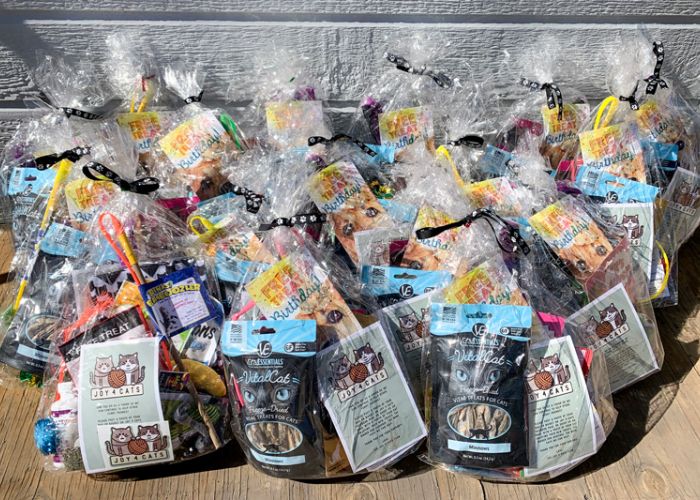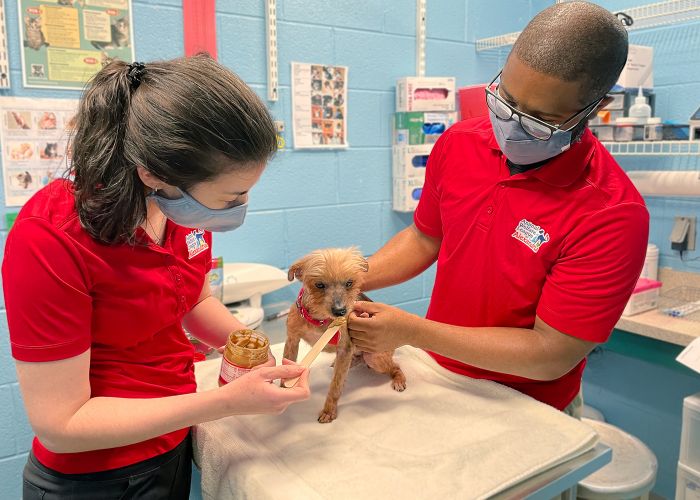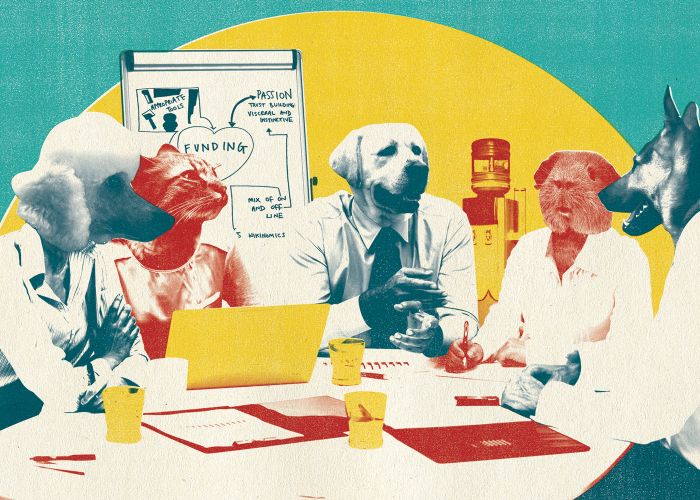Tipping point
Children's T-shirt design contest rallies the next generation of community cat advocates

It's a common enough tale these days: Shelter struggles with high intakes of community cats and feral kittens. Shelter introduces trap-neuter-return program. Through consistent hard work and outreach, shelter’s live-release rate soars.
Yet “trap-neuter-return,” “ear-tip” and “community cat” aren’t exactly household terms. Outside of animal welfare circles, mentioning community cats is likely to get you a quizzical look, not an eager rundown of the best outdoor shelters and trapping tips.
That’s a problem, because widespread understanding of the concept of a “community cat” is critical to helping them— and overburdened shelters.
Faced with a “really out of hand” unowned free-roaming cat population, the Morgan County Humane Society in Martinsville, Indiana, launched a TNR program in 2013, says board member Alicia Fouty. Over the years, the program expanded to include trapping and transportation assistance, as well as a weekly spay/neuter day, where members of the public can bring community cats to the shelter for transport to and from a clinic.
But despite the program’s growing success, many people in the community still didn’t know about TNR or the resources available to prevent a small group of cats from becoming a large one, says Fouty.
“I had gone out to trap before on people’s properties who were almost in tears because they had 20 cats, and they didn’t know what they were going to do," she says.
So when a staffer suggested a kids art contest to raise awareness of TNR and community cats, Fouty was willing to try something new.
Open to Morgan County kids aged 5 to 15, the contest’s rules were sent to every school district in the county: Using three or fewer colors, design a T-shirt featuring an ear-tipped cat and the words, “It’s hip to be tipped.”
Forty-seven adorable entries were submitted; the first- and second-place winners, selected by four board members, received T-shirts featuring their designs and custom-framed prints of their artwork. The shelter also sold the winning T-shirt via Custom Ink, raising around $500, featured the drawings on its Instagram account and displayed them in the town square. Fouty expects the contest to be bigger next year and hopes to display the artwork at the local library.

“Not only are you educating the children, the children, a lot of times, will educate their parents,” says Fouty, adding that drawings were mailed to or dropped off at the shelter, giving staffers an unexpected morale boost.
When the humane society first contemplated launching a TNR program, many people were skeptical that it would work in a rural, lower-income community, says Fouty. But while there are still plenty of cats to be tipped, the program has sterilized more than 4,000 cats to date and, along with a barn cat adoption program, enabled the shelter to achieve a 92-percent live-release rate for cats.
“I think one of the things that always worries people is ‘how are we going to sustain this?’” Fouty says, explaining that since 2013, Morgan County has relied on several grants to fund the TNR program. “These kids? They’re the future of TNR, of helping animals.”







